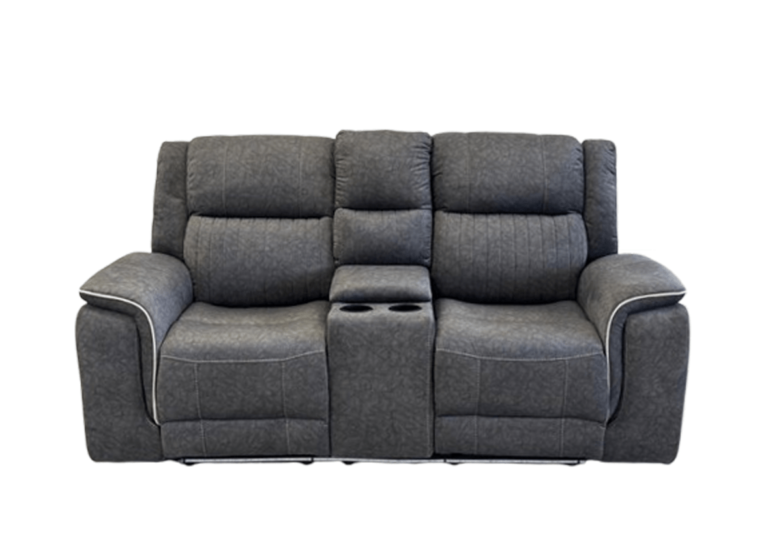Sump pump installation is a crucial step in protecting your home from water damage, especially in areas prone to heavy rainfall or flooding. A properly installed sump pump ensures that excess water is effectively diverted away from your basement or crawlspace, preventing costly water damage. Understanding the importance of sump pump installation and the process can help you make informed decisions when protecting your property.
Why Sump Pump Installation is Essential for Your Home
A sump pump is designed to prevent basement flooding by removing water that accumulates in a sump basin. Proper installation is key to ensuring it operates effectively when you need it the most. Without a sump pump, even a small amount of water can cause significant damage to your home’s foundation, possessions, and structural integrity.
How to Choose the Right Sump Pump for Installation
Before proceeding with sump pump installation, selecting the right pump for your home’s needs is essential.
Types of Sump Pumps
There are two main types of sump pumps: submersible and pedestal. Submersible pumps are placed inside the sump basin, making them quieter and more efficient. Pedestal pumps are mounted above the basin and are typically easier to maintain, but they are louder and less efficient in removing water.
Choosing the Right Size Pump
The size of your sump pump depends on the amount of water that needs to be removed and the size of your sump basin. A pump with a higher horsepower rating may be required for larger homes or areas with frequent flooding.
Pump Capacity
The pump’s capacity, measured in gallons per minute (GPM), indicates how much water it can remove at a time. Be sure to choose a sump pump that can handle the expected volume of water in your area.
Choosing a Reliable Sump Pump Installation Service
Hiring a professional for sump pump installation ensures the job is done right the first time. A qualified technician will assess your home’s needs and install the right system, making sure everything is set up for optimal performance.
The Sump Pump Installation Process
Site Assessment and Preparation
The first step in the installation process is assessing your home’s needs. A professional installer will determine the best location for the sump basin and pump. The sump basin should be placed at the lowest point of your basement or crawlspace to collect water effectively.
Excavation and Basin Installation
Once the site is prepared, the installer will excavate a hole for the sump basin, ensuring it fits snugly and can hold the necessary volume of water.
Pump Installation
After the basin is in place, the sump pump is installed inside. The pump is connected to a discharge pipe, which leads the water outside the home, typically away from the foundation to prevent re-entry.
Testing and Final Adjustments
After installation, the sump pump is tested to ensure it works properly. This includes checking the electrical connections, the pump’s discharge rate, and ensuring there are no leaks. Any necessary adjustments are made to optimize the system’s performance.
Maintaining Your Sump Pump System
Once your sump pump is installed, regular maintenance is essential to ensure it functions properly during heavy rain or flooding events.
Test Your Pump Regularly
Run your sump pump regularly, even during dry periods, to ensure it is working correctly. Pour water into the sump basin to trigger the pump and check that it starts and runs smoothly.
Clean the Sump Basin
Sediment and debris can accumulate in the sump basin over time, clogging the pump and reducing its efficiency. Clean the basin at least once a year to prevent buildup and ensure proper water flow.
Check the Discharge Pipe
Ensure the discharge pipe is free of obstructions. Any clogs or blockages in the pipe can prevent the pump from discharging water properly, leading to potential flooding.
Ensure the Backup System is Functional
Consider installing a backup power source for your sump pump, such as a battery backup or generator. This is especially important during power outages, as your sump pump needs to be operational to prevent flooding.
Signs That Your Sump Pump Needs Repair or Replacement
Regular maintenance will help keep your sump pump in good working order, but over time, issues can arise that may require repairs or replacement.
Unusual Noises
If your sump pump is making unusual noises, such as grinding or clunking, it could indicate a problem with the motor or impeller. Have the system checked to avoid a complete breakdown.
Inconsistent Operation
If the sump pump fails to turn on or off at the right times, or it cycles on and off too frequently, there may be an issue with the float switch or electrical connections.
Constant Running
If the pump runs continuously, it could be a sign of an oversized pump, a blocked discharge pipe, or a malfunctioning float switch.
Frequent Breakdowns
If your sump pump requires constant repairs or is more than 10 years old, it might be time to replace it with a newer, more efficient model.
Frequently Asked Questions
How long does a sump pump installation take?
A professional sump pump installation typically takes between 4 to 8 hours, depending on the complexity of the installation and the condition of your home’s foundation.
What type of sump pump is best for my home?
The best sump pump for your home depends on factors such as the size of your basement, the amount of water you need to pump out, and your budget. A professional installer can help guide you in choosing the right system.
How much does sump pump installation cost?
The cost of sump pump installation varies depending on the type of pump, the complexity of the installation, and your location. On average, installations can range from $600 to $2,000.
Can I install a sump pump myself?
While DIY installation is possible, hiring a professional ensures the job is done correctly and safely. A licensed plumber will have the expertise to install the system properly and prevent future issues.
Final Verdict
Proper sump pump installation is vital for keeping your basement or crawlspace dry and protected from water damage. Choosing the right pump, ensuring correct installation, and maintaining the system regularly will help safeguard your home from flooding. If you are looking for expert sump pump installation services, Axiom Plumbing is here to help. Located at 158 Frederick Tisdale Dr, North York, ON M3K 0A8, Canada, they offer professional installation services. For more information, call 647-285-5200 or visit their Google Maps page.










